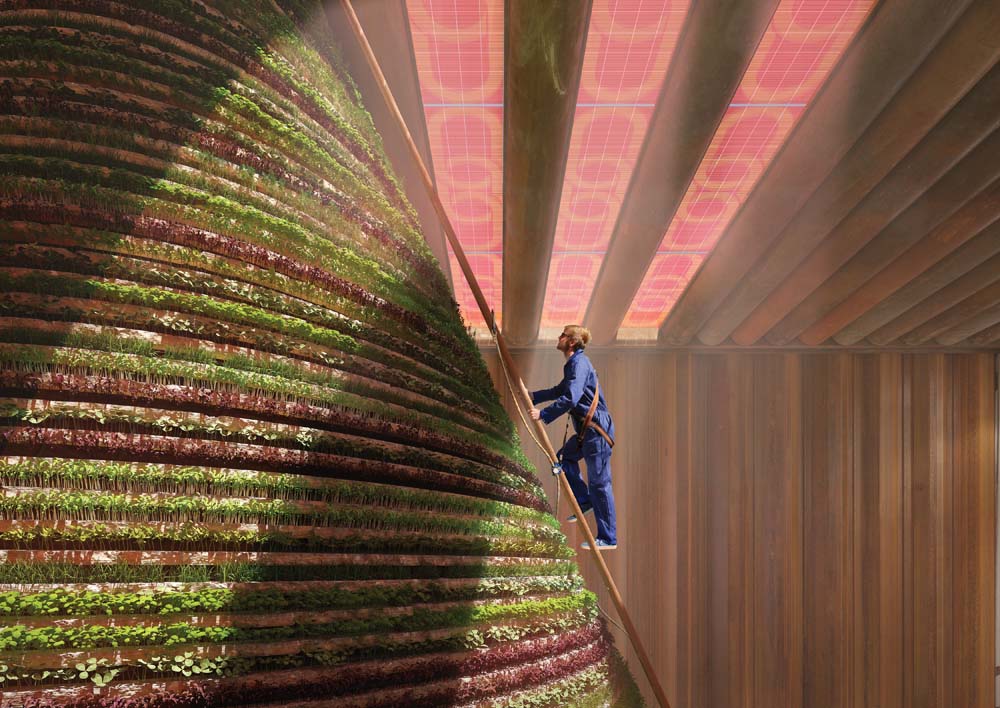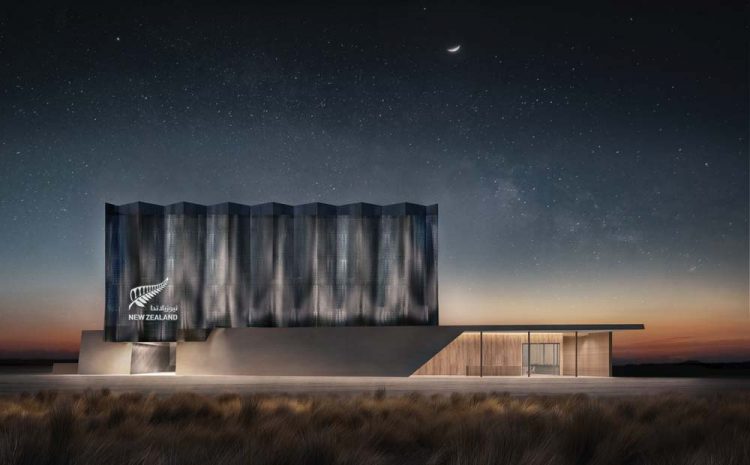A significant part of breathing exciting life into Expo 2020 Dubai’s three sub-themes – Opportunity, Mobility and Sustainability – will be literally realising those words in highly innovative buildings across the event site and numerous overarching narratives.
Sustainability is particularly embedded within the DNA of Expo 2020 – the entire master plan was designed first and foremost with legacy plans in mind. Expo 2020 will effectively be ‘loaning’ the site for its six-month duration, because the 4.38 sqkm development will live on for decades after Expo’s doors close on 10 April 2021.
A total of 80 per cent of Expo-built buildings will remain as the future city District 2020 – a thriving new business and retail hub. And one of the key structures that will continue as new landmarks on the Dubai landscape will be the remarkable Sustainability Pavilion, which will become a children’s and science centre after Expo 2020.
The pavilion is designed to meet LEED Platinum green building standards – the top accreditation for sustainable architecture. It will set the highest standards for efficient use and reuse of energy and water and explore the latest sustainable technologies. Its stunning canopy isn’t just for show: 1,055 solar panels will generate power, with the pavilion using renewable sources to produce up to 4GWh of energy per year, enough to charge more than 900,000 mobile phones.
The Sustainability Pavilion is the anchoring hub of the Sustainability District, which will play host to approximately a third of the 192 Country Pavilions located across the Expo 2020 site’s three Thematic Districts. Among the Country Pavilions leading the way in the sustainability stakes are the likes of Germany, Malaysia, Netherlands, New Zealand and the Philippines.
Malaysia is setting the bar high with its net zero carbon pavilion, under the theme ‘Energising Sustainability’. The pavilion’s carbon footprint will be offset via tree-planting initiatives in the South East Asian country, which has already made great environmental strides in recent years. Malaysia’s current forest cover is at 55.3 per cent, or 183,000 sqkm of its total land area, exceeding an initial commitment of 50 per cent at the Rio Earth Summit in 1992.

Taking an imaginative approach to the theme ‘Uniting Water, Energy and Food’, the Netherlands Pavilion will use technology that has huge real-world potential in arid climates such as Dubai – capturing moisture from the air using energy from solar panels on the roof that will then be used to irrigate crops inside the pavilion. The scope is impressively large, too: 13,500 edible plants will cover a conical vertical farm that forms the pavilion’s centerpiece. One of the crops – mushrooms – will be repurposed as floor tiles and wall panels, showcasing the viability of sustainable building materials. The pavilion structure will be built using locally sourced materials that will be recycled after Expo, minimising its ecological impact.

‘The Philippines Pavilion, meanwhile, focuses on one of the island nation’s most precious natural resources: the bangkota (Tagalog for coral reef). More than a quarter of the planet’s coral reefs are under threat, endangering vital oceanic ecosystems whose survival is crucial to avoid catastrophic knock-on environmental effects. The pavilion will feature simulated coral atolls made from grey graphite wire mesh sourced from depots, construction sites and sports arenas in the UAE, demonstrating the benefits of used building materials.
The New Zealand Pavilion will take a more philosophical approach, reaching back into the traditions of its indigenous history to suggest how humans can become more sustainably in tune with the world around them. Its theme reflects the Māori value of “kaitiakitanga”, which emphasises the deep kinship between people and the environment.
In the Germany Pavilion, the first highlight after visitors have ‘enrolled’ will be a huge ball pit. Each of the 155,000 balls will tell a story, present a statistic or spotlight a sustainability champion from Germany. Visitors will simply pick a ball and place it on one of the scanners in order to see a short presentation.
This is merely scratching the surface of Expo 2020’s smorgasbord of sustainability. Every F&B vendor that collaborates with Expo 2020 must sign the ‘Food Ethos’ – a document designed to push forward sustainability and wellness through local sourcing, use of organic produce and environmentally conscious packaging.
A total of 53 drinking water fountains around the site inspired by the traditional ‘sabeel’ neighbourhood water fountain will help to reduce single-use plastic waste – millions of visitors will have access to fresh drinking water from the fountains, designed via an open competition with Art Jameel.
It will even be the focus of one of the Expo School Programme’s curated educational tours: ‘The Sustainable Planet’ journey will empower students to create a better future for all as they discover how humanity’s actions affect nature’s ecosystems and learn how we all have a responsibility to protect and preserve the environment.
Combined, it is yet another facet that will position Expo 2020 as The World’s Greatest Show of human brilliance, while creating a future that we can all help to safeguard.




